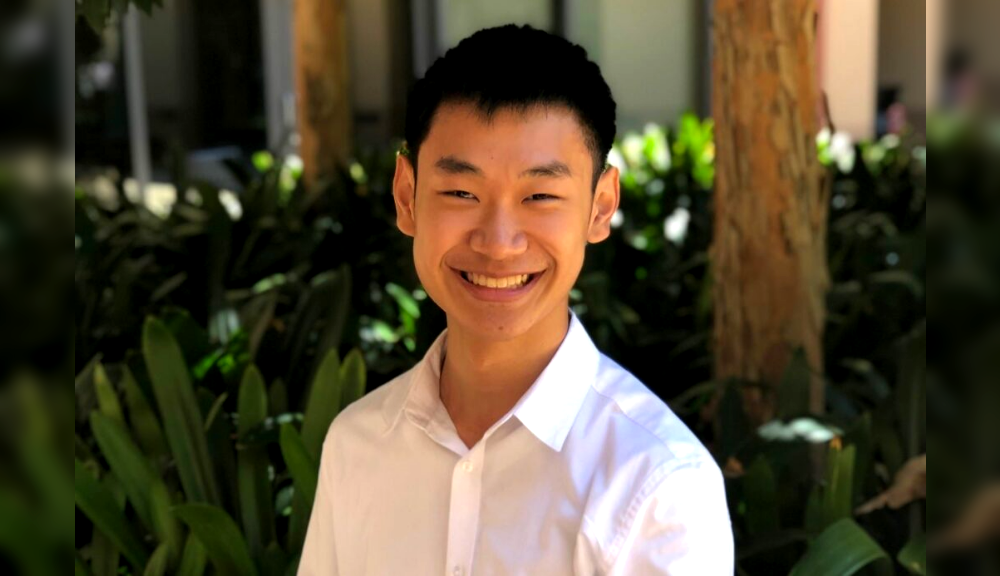College student develops new app that detects AI-written essays


By Ryan General
January 12, 2023
A
ChatGPT, which was launched by AI research lab OpenAI in November, immediately gained global attention for its ability to craft detailed and articulate responses to human queries.
The tool utilizes OpenAI’s GPT-3, a language-processing AI model capable of generating human-like text. Users have since been creating a variety of short content, including poems, songs, essays, story prompts and even code.
The app’s uneven factual accuracy in relaying information, cited by observers as its major significant drawback, has not prevented users from creating full-length research papers and articles with it.
Anticipating the potential increase in AI plagiarism, Princeton University senior Edward Tian created an app that can “quickly and efficiently” detect if an essay or report was written using ChatGPT.
The 22-year-old computer science major, who is minoring in journalism, developed the app called GPTZero during his winter break and launched it for public use on Jan. 2.
In a Twitter thread for GPTZero, Tian wrote: “there’s so much chatgpt hype going around. is this and that written by AI? we as humans deserve to know!”
Within a week since its launch, over 30,000 people have reportedly used GPTZero. Teachers who have used the bot to sort out dishonest students have reached out to Tian to share that they have achieved positive results.
According to GPTZero’s website, its bot implements the same technology used to build ChatGPT to identify AI-created work.
GPTZero, which also has a beta version hosted here, measures the complexity of a written work by how much it perplexes the bot. A higher complexity suggests that it was written by a human while a lower complexity due to the bot’s familiarity with the text (being trained on similar data) indicates AI involvement.
The tool also measures the “burstiness” of a work’s varied sentences. Human-written texts are a mix of long or complex sentences and short ones, while AI sentences are usually uniform in length and composition.
In video demonstrations that compared the app’s analysis of a New Yorker article and one written by ChatGPT, GPTZero was able to correctly identify which one was written by a human and which was done by AI.
The site noted that it is committed to “keeping a version of GPTZero classic permanently free and accessible for any human to use.”
Tian, who aims to bring transparency to AI, shared that he is still improving his bot in response to some users’ feedback on its accuracy.
“For so long, AI has been a black box where we really don’t know what’s going on inside,” he said. “And with GPTZero, I wanted to start pushing back and fighting against that.”
According to Tian, while he is not opposed to the use of ChatGPT and other similar tools, he wants some safeguards to be in place and for users to adopt the technology more responsibly.
Related stories:
Share this Article
Share this Article